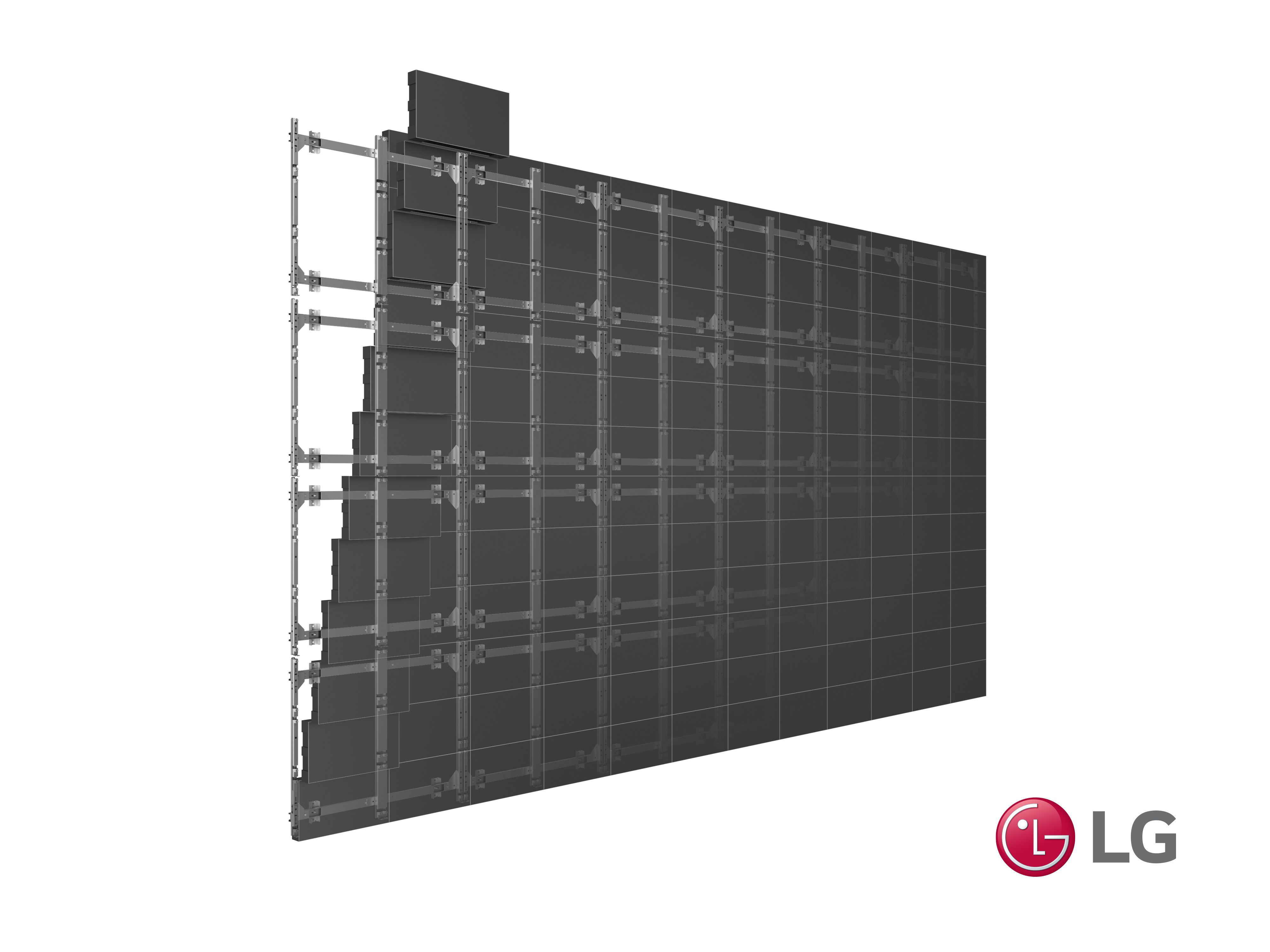Perfecting Color Precision in LED Display Calibration for Stunning Graphic Displays
Perfecting Color Precision in LED Display Calibration for Stunning Graphic Displays
Blog Article
Hue precision is essential for creating stunning visual displays, especially when employing LED walls. These massive displays are frequently found in locations like music venues, athletic arenas, and advertising billboards. When the colors on an LED wall are not correct, the visuals can look dull or distorted, which can affect the total impression for audiences. Therefore, mastering color accuracy in LED screen tuning is vital for achieving lively and realistic images.
The first step in ensuring color accuracy is comprehending how LED systems works. LEDs, or light-producing diodes, generate light in various colors by combining red, green, and blue (RGB) light. Each dot on an LED wall consists of these three hues. When calibrated correctly, the combination of RGB can create a broad range of hues. However, if one color is too bright or too dim, it can throw off the entire display. This is why calibration is needed to equalize the hues and achieve the desired visual result.
Tuning entails modifying the settings of the LED screen to make sure that the hues displayed correspond the initial content as nearby as feasible. This procedure typically includes using specific software and hardware tools. Technicians frequently use color measurement devices, such as spectrophotometers, to examine the hues being displayed. By contrasting the assessed colors to benchmark color values, they can make exact adjustments. This ensures that the hues are not only vibrant but also consistent across the whole screen.
Another crucial aspect of color this content precision is understanding the environment in which the LED wall is used. Elements such as ambient light can considerably impact how hues look. For example, a brightly lit room may fade colors, making them look less lively. To counteract this, technicians may modify the brightness and differentiation configurations of the LED wall. Additionally, they may select particular color profiles that are more suited for various lighting environments. This flexibility helps maintain color precision irrespective of the viewing surroundings.
Ultimately, routine maintenance and recalibration are crucial for maintaining an LED wall looking its finest. Over time, the functionality of LEDs can alter due to elements like degradation and heat fluctuations. Regular checks and adjustments can help guarantee that the hues remain correct and lively. By investing time in appropriate tuning and maintenance, venues can offer viewers with stunning graphic presentations that improve their overall impression. Perfecting color precision in LED screen calibration is not just a mechanical job; it is an art that adds to the magic of visual storytelling.